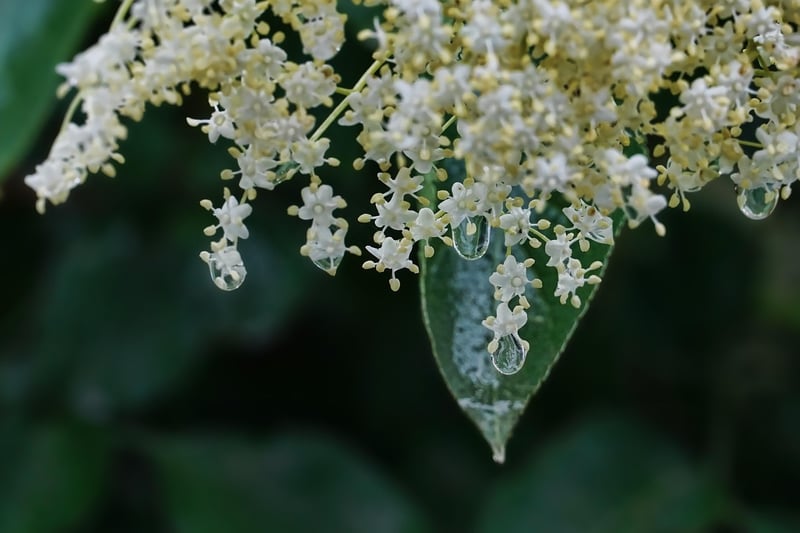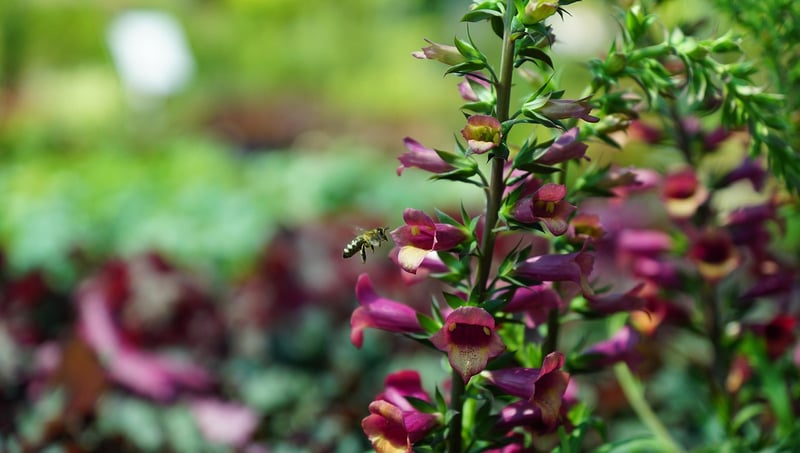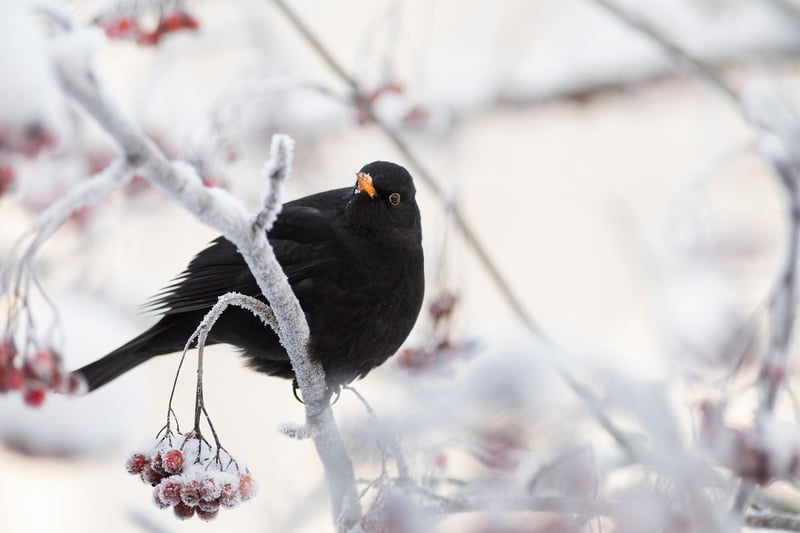Folklore Foliage Stories
Exploring the History of Magical Plants
Welcome to a fascinating journey through the history of magical plants! Plants have played a significant role in human culture for centuries, often intertwined with folklore, myths, and magical beliefs. Let's delve into the enchanting world of botanical wonders and explore the folklore foliage stories that have captivated generations.
The Mandrake Plant

One of the most famous magical plants is the Mandrake. In folklore, the Mandrake root was believed to have mystical properties, including its ability to scream when uprooted, causing death to those who heard it. This plant has been associated with various rituals and spells throughout history.
The Elder Tree

The Elder tree has a rich folklore history, often considered a protective plant with healing properties. In European folklore, it was believed that the Elder tree was inhabited by spirits, and cutting down the tree without asking for permission could bring misfortune.
The Foxglove Flower

Foxglove, also known as Digitalis, has both medicinal and magical significance. In folklore, it was associated with fairies and considered a plant of protection and good luck. However, it is also known for its toxic properties and should be handled with caution.
The Rowan Tree

The Rowan tree holds a special place in Celtic mythology and was often planted near homes for protection against evil spirits. It was believed that the Rowan tree had the power to ward off witches and bring good luck to those who respected it.
Conclusion
Plants have been an integral part of human history, not only for their practical uses but also for their magical and mystical qualities. The folklore surrounding magical plants adds a layer of enchantment to the natural world, connecting us to ancient beliefs and traditions.
Next time you encounter a plant with a magical reputation, take a moment to appreciate the rich history and folklore that have shaped our perceptions of these botanical wonders.
